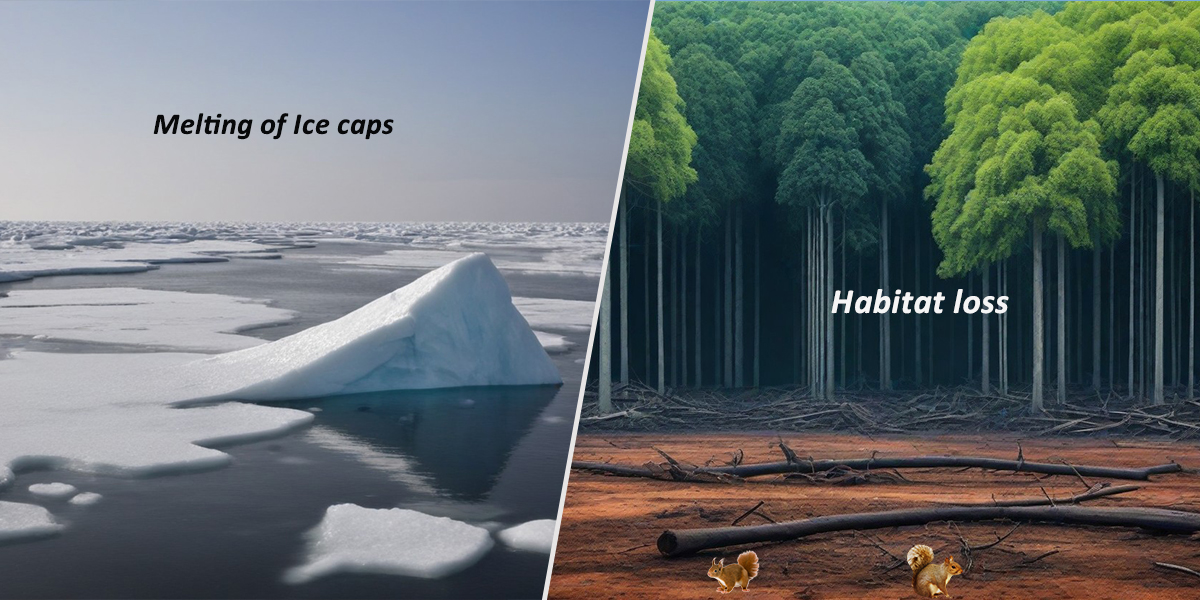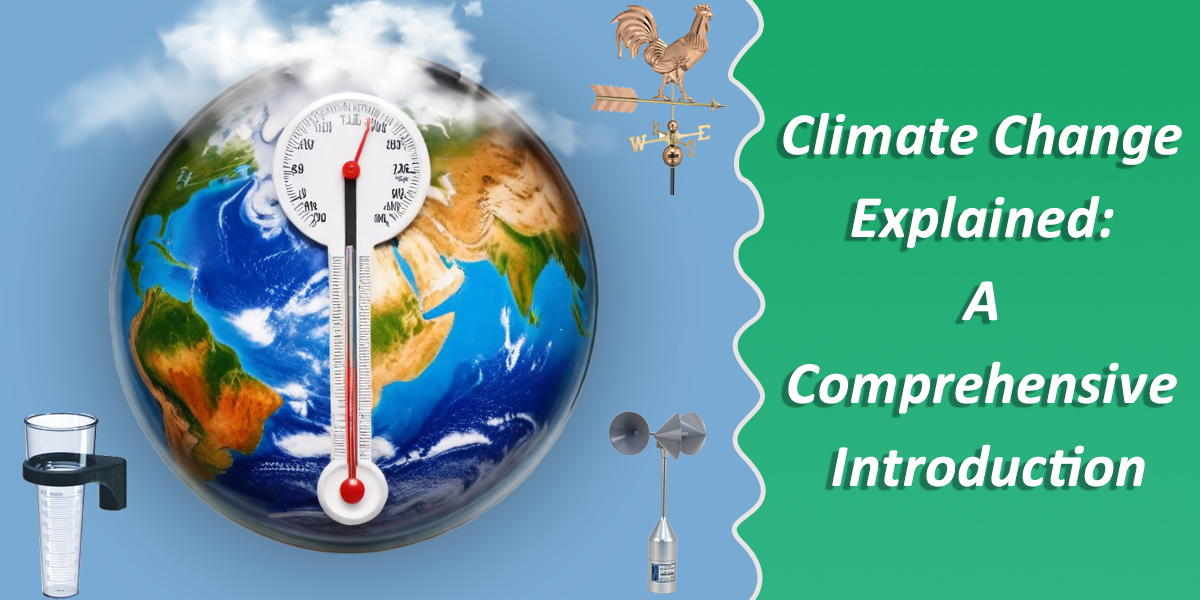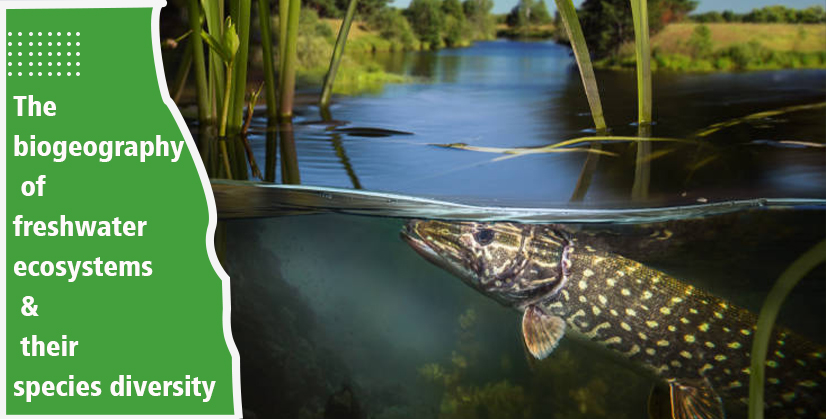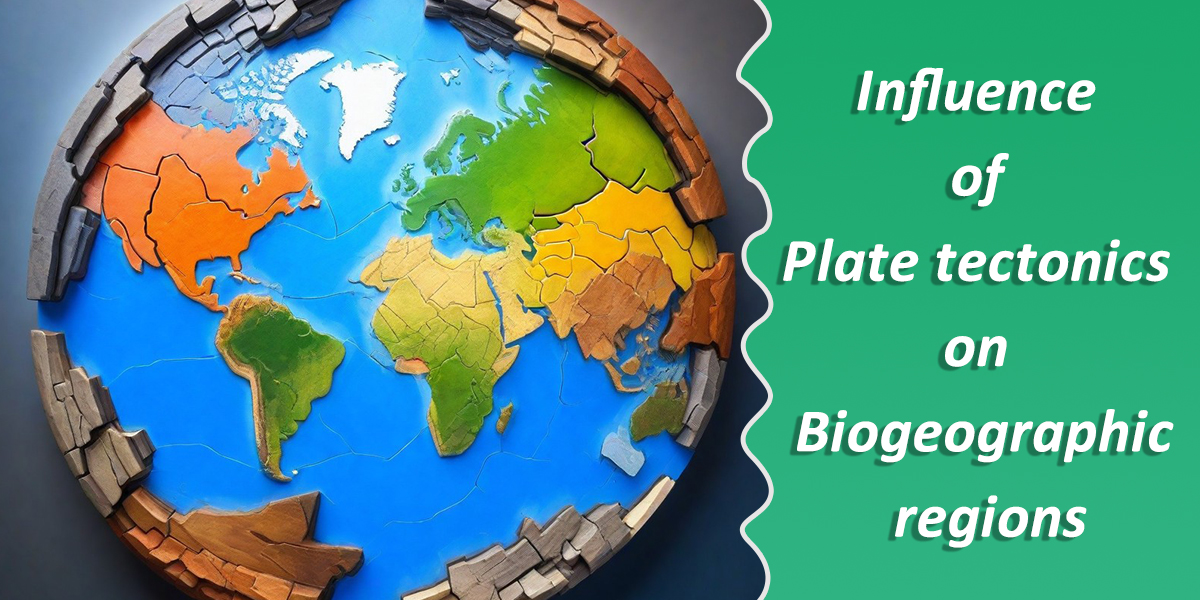Understanding climate change is crucial as it directly impacts our planet’s health, biodiversity, and human societies. With rising temperatures, melting ice caps, and extreme weather events, the urgency to address climate change has never been greater. Its effects extend beyond environmental concerns to economic stability, food security, and public health. By comprehending the causes and consequences of climate change, we empower ourselves to take collective action towards a sustainable future.
Table of Contents
ToggleBrief history of climate change
Climate change has been an ongoing phenomenon throughout Earth’s history, driven by natural processes such as volcanic eruptions, variations in solar radiation, and changes in Earth’s orbit. However, in recent centuries, human activities, particularly the burning of fossil fuels and deforestation, have accelerated the pace of climate change. The Industrial Revolution marked a significant turning point, with the widespread use of coal, oil, and gas leading to increased greenhouse gas emissions and global warming. Since then, scientific understanding of climate change has grown, with landmark events such as the formation of the Intergovernmental Panel on Climate Change (IPCC) in 1988 and the adoption of the Paris Agreement in 2015 highlighting the urgency of addressing this global challenge. Today, climate change is recognized as one of the most pressing issues facing humanity, with profound implications for ecosystems, economies, and societies worldwide.
Definition of climate
Before we proceed, we have to meaning of the term climate. Climate refers to the long-term patterns of temperature, humidity, precipitation, wind, and other atmospheric conditions in a particular region or area of the Earth. It represents the average weather conditions observed over an extended period, typically spanning decades to centuries. Climate influences the type of ecosystems present in a region, as well as human activities such as agriculture, infrastructure development, and settlement patterns. Climate is determined by factors such as latitude, altitude, proximity to oceans or mountains, and atmospheric circulation patterns, and it plays a crucial role in shaping the Earth’s diverse environments and habitats.
Definition of climate change
According to Dr. James Hansen, Climate change refers to long-term shifts in temperature and weather patterns due to human-induced greenhouse gas emissions, primarily from burning fossil fuels and deforestation.
Climate change refers to significant and lasting alterations in Earth’s climate patterns over an extended period. These changes result from various factors, including human activities such as burning fossil fuels, deforestation, and industrial processes, which increase the concentration of greenhouse gases in the atmosphere.
Consequently, Earth’s temperature rises, leading to shifts in weather patterns, sea-level rise, melting ice caps, and more frequent extreme weather events. Climate change has widespread impacts on ecosystems, biodiversity, agriculture, water resources, and human societies, which makes it one of the most pressing challenges of our time.
Causes of climate change
Climate change is primarily caused by anthropogenic (human) activities that release greenhouse gases into the atmosphere, as well as natural processes. The following are the main causes of climate change:
- Burning of Fossil Fuels: This involves using coal, oil, and natural gas to make energy for things like electricity, transportation, and heating. When we burn these fuels, they release gases like carbon dioxide into the air. These gases act like a blanket, trapping heat from the sun and making the Earth warmer. This process, called global warming, is a big part of why the climate is changing. So, the more fossil fuels we burn, the more gases we release, and the warmer the Earth gets.
- Deforestation: This is the process of cutting down trees and clearing forests. When forests are cut down for things like farming, building cities, or making paper, luxury furniture, etc. in order to meet the needs of humans, it reduces the number of trees that can absorb carbon dioxide from the air. Since trees help keep the Earth’s climate balanced by taking in carbon dioxide, cutting them down adds more of this gas (GHG) to the atmosphere, which leads to global warming and climate change. Deforestation also harms wildlife habitats and contributes to loss of biodiversity.
- Industrial Processes: This refers to the activities involved in manufacturing goods, producing energy, and conducting various operations in factories and facilities. These processes often use machinery, equipment, and chemicals to produce goods or provide services. However, many industrial activities also release gases and pollutants into the air, including greenhouse gases like carbon dioxide and methane. These emissions contribute to climate change by trapping heat in the Earth’s atmosphere, leading to global warming and other environmental impacts. Therefore, efforts to address climate change often involve finding ways to reduce emissions from industrial processes while still meeting societal needs for goods and services.
- Agriculture: Agriculture significantly contributes to climate change through various practices. Livestock farming releases methane, a potent greenhouse gas, during digestion, while flooded rice fields emit methane as bacteria decompose organic matter. Additionally, the use of fertilizers in agriculture releases nitrous oxide, another greenhouse gas, into the atmosphere. Furthermore, deforestation for agricultural expansion reduces the number of trees that can absorb carbon dioxide, leading to higher atmospheric levels of this greenhouse gas. While agriculture is crucial for food production, it’s important to implement sustainable farming practices to mitigate its impact on climate change and ensure a more environmentally friendly approach to food production.
- Land Use Changes: Land use changes happen when people use land differently. For example, when forests are cut down to make space for farms, cities, or roads, it changes how the land works. These changes can affect the environment because they might release greenhouse gases into the air or disturb ecosystems. It’s important to think about how we use land and try to do it in ways that don’t harm the environment too much.
- Waste Management: This is when we throw away our trash, like food scraps and packaging, it often ends up in landfills. As this waste breaks down, it releases a gas called methane into the air. Methane is a powerful greenhouse gas that traps heat in the atmosphere, contributing to global warming and climate change. So, the way we handle our waste can have a big impact on the environment. Recycling, composting, and reducing waste can help minimize these harmful emissions and combat climate change.
- Natural processes: This refers to events and phenomena that occur in nature without human intervention. These processes can affect Earth’s climate in various ways. For example, volcanic eruptions release gases and particles into the atmosphere, which can temporarily cool the planet by blocking sunlight. Additionally, natural variations in the Earth’s orbit and solar radiation can influence climate patterns over long periods. While natural processes have always played a role in shaping Earth’s climate, human activities, such as burning fossil fuels and deforestation, are currently the main drivers of climate change.

Effects of climate change
Climate change has a wide range of effects on both natural environments and human societies. The following are some of the key impacts:
- Rising Temperatures: This refers to the long-term increase in global average temperatures observed over several decades.. This occurs as a result of human actions like burning of fossil fuels (like coal, oil, and gas) and cutting down of forests (deforestation). These activities release gases that trap heat in the air, therefore making the Earth warmer. When temperatures go up, it can cause problems like melting of ice, more heatwaves, and changes in weather patterns. So, rising temperatures are a big deal and something we need to pay attention to.
- Melting Ice and Rising Sea Levels: When ice from glaciers and polar regions melts, it adds water to the oceans, causing sea levels to rise. This means that the water level along coastlines gets higher over time. As a result, low-lying areas near the shore can flood more easily, even during regular high tides. This flooding can damage homes, buildings, and infrastructure, and it can also harm plants and animals that live in coastal areas. Rising sea levels are a big concern for many communities around the world, especially those living near the ocean. A typical example of melting ice contributing to rising sea levels is the melting of the Greenland Ice Sheet. As temperatures rise due to climate change, the ice sheet experiences increased melting, leading to more water flowing into the ocean. This contributes to rising sea levels globally. In recent years, satellite measurements and on-the-ground observations have shown significant losses of ice from the Greenland Ice Sheet, causing concerns about the potential impacts on coastal communities and ecosystems worldwide.
- Changes in Precipitation Patterns: This refers to the alterations in the distribution, frequency, intensity, and timing of rainfall and snowfall in a given region over time. Some places may get more rain or snow than usual, leading to floods and landslides, while other areas may experience less rain, causing droughts and water shortages. These changes can affect farming, drinking water, and the environment, impacting people, animals, and plants in various ways.
- Loss of biodiversity: This refers to a decline in the variety of life forms and the genetic diversity within species, as well as the degradation of ecosystems. This can occur due to various factors, including habitat destruction, pollution, climate change, overexploitation of natural resources, and invasive species. When biodiversity decreases, it can disrupt the functioning of ecosystems and reduce their resilience to environmental changes. This can have far-reaching consequences, including the loss of ecosystem services such as pollination, water purification, and climate regulation, as well as impacts on human well-being, food security, and livelihoods. Protecting biodiversity is essential for maintaining the health and stability of ecosystems and ensuring the continued survival of species, including humans.
- Impacts on Agriculture and Food Security: Climate change has a significant impact on agriculture and food security because it alters temperature and precipitation patterns, influencing crop yields, water availability, and livestock health. Fluctuations in weather conditions can lead to pest and disease outbreaks, jeopardizing crop productivity and requiring increased resources for pest management. Droughts and water scarcity further strain agricultural systems, limiting farmers’ ability to cultivate crops and sustain livestock. These challenges lead to food shortages, price volatility, and heightened food insecurity, particularly in vulnerable communities. Adaptation measures such as resilient farming practices, improved water management, and crop diversification are essential to mitigate these impacts and ensure food security for global populations facing the repercussions of climate change.
- Health Risks: Climate change can affect our health in different ways. First, it can make extreme weather events like heatwaves and storms more common, which can lead to injuries and illnesses. Also, it can worsen air quality because of more pollution and wildfires, which can cause breathing problems and lung diseases. Plus, climate change can spread diseases carried by bugs, like mosquitoes, to new areas, making diseases like malaria or dengue fever more common. Overall, climate change can make it harder for people to stay healthy and can even lead to more people getting sick.
- Displacement and Migration: This occurs when people have to move from where they live because of different reasons. With climate change, this can happen because of things like sea levels rising, extreme weather like hurricanes or droughts, or land becoming less fertile for farming. When this happens, people may have to leave their homes and move to new places where they can be safe and find better opportunities. This movement can be within their own country or even to other countries.
Mitigation strategies
Mitigation strategies are actions taken to reduce or prevent the harmful effects of climate change. These strategies aim to limit the amount of greenhouse gases released into the atmosphere and to increase the Earth’s ability to absorb and store them. Some common mitigation strategies include:
- Transitioning to Renewable Energy: This involves shifting from using fossil fuels like coal, oil, and natural gas to using sources of energy that are naturally replenished, like sunlight, wind, and water. This switch helps reduce pollution and greenhouse gas emissions that cause climate change. Renewable energy is clean, meaning it doesn’t release harmful gases when we use it, unlike fossil fuels. It’s like changing the type of fuel we use to power our homes, cars, and factories to ones that are better for the environment and won’t run out.
- Improving energy efficiency: This means finding ways to use less energy to do the same tasks, like lighting our homes or powering our appliances. It’s like making our cars more fuel-efficient so they can go farther on less gas. We can do this by using energy-saving technologies and practices, like installing LED light bulbs, insulating our homes to keep heat in during winter and out during summer, and choosing energy-efficient appliances that use less electricity.
- Afforestation and Reforestation: These processes are both about planting trees, but they’re a little different. Afforestation is like starting from scratch. It’s when you plant trees in areas that didn’t have forests before, like open fields or grasslands. It helps create new forests where there weren’t any before, which can be great for the environment because trees absorb carbon dioxide, provide habitats for animals, and help prevent soil erosion. while Reforestation on the other hand, is about bringing back forests that were lost. It is like giving a second chance to areas that used to have trees but were cut down or damaged. By planting trees in these places again, we can help restore the natural balance, protect wildlife, and improve the health of the environment.
- Sustainable land use practices: These are ways of using land that ensure it stays healthy and productive for a long time. Instead of using land in ways that harm the environment, like cutting down forests or overusing soil, sustainable practices aim to balance human needs with protecting nature. This means things like planting trees to replace ones that are cut down, rotating crops to keep soil healthy, and building homes and cities in ways that don’t harm wildlife or pollute the air and water. By using land sustainably, we can keep ecosystems thriving and provide for people’s needs now and in the future.
- Enhancing Carbon Capture and Storage (CCS): This means finding better ways to capture and store carbon dioxide (CO2) to help reduce its levels in the atmosphere. This involves capturing CO2 emissions from sources like power plants or factories before they’re released into the air. Then, the captured CO2 is transported to storage sites, usually deep underground, where it’s stored safely, usually in rock formations or depleted oil and gas fields. By enhancing CCS, we can help prevent CO2 from contributing to climate change by keeping it out of the atmosphere.
- Promoting low-carbon transportation: This involves encouraging ways of getting around that produce less pollution that harms the environment. Instead of using vehicles that burn a lot of fuel and release harmful gases into the air, like cars with gas engines, we can use cleaner options. These might include electric cars, bicycles, walking, or using public transportation like buses and trains. By using these cleaner ways to get around, we can help reduce the amount of pollution in the air and slow down climate change.
- Implementing climate policies and regulations: This involves putting rules and plans in place to address climate change. These rules are made by governments and organizations to reduce the things that are causing climate change, like pollution from factories and cars. They might include things like limits on how much pollution factories can emit, encouraging the use of renewable energy sources like solar and wind power, and protecting forests and natural habitats. By following these rules, we can help slow down climate change and protect the environment for future generations.
Adaptation strategies
Adaptation strategies are plans and actions taken to adjust and respond to the impacts of climate change. Here are some key adaptation strategies:
- Building resilient infrastructure: This involves constructing buildings, roads, bridges, and other structures in a way that makes them strong and able to withstand natural disasters and other challenges. For example, resilient infrastructure might include using stronger materials and building techniques to make buildings less likely to collapse during earthquakes or hurricanes. It could also involve designing roads and drainage systems to handle heavy rainfall and prevent flooding. By investing in resilient infrastructure, communities can better protect themselves from damage and recover more quickly when disasters occur.
- Implementing water management measures: This involves finding smart ways to use and protect water, especially when faced with changes in weather and climate. This involves things like saving water by fixing leaks, using water-efficient appliances, and collecting rainwater. It also means planning ahead for floods and droughts by building dams and reservoirs to store water when there’s too much, and using it wisely when there’s too little. By managing water carefully, we can make sure there’s enough for everyone and protect against water-related problems caused by climate change.
- Protecting natural ecosystems: This means taking care of the environment around us, like forests, wetlands, and oceans. These places are home to many plants and animals, and they help keep our air clean, our water fresh, and our climate stable. To protect them, we need to stop cutting down trees, polluting waterways, and destroying habitats. Instead, we can plant trees, clean up pollution, and create wildlife reserves where animals can live safely. By looking after these natural places, we can ensure they stay healthy and continue to support life on Earth.
- Promoting sustainable agriculture: This means farming in a way that keeps the land healthy and productive for the long term, without harming the environment. This involves using techniques that conserve water, protect soil, and reduce pollution. For example, farmers can use natural fertilizers instead of chemicals, rotate crops to keep the soil rich, and use less water by planting drought-resistant crops. Sustainable agriculture helps farmers grow food in a way that’s good for both people and the planet, ensuring that we can continue to feed ourselves without harming the Earth.
- Enhancing health and disaster preparedness: This means getting ready for emergencies and keeping people safe and healthy, especially when things like extreme weather or other disasters happen because of climate change. This involves making sure hospitals and healthcare systems are ready to help people who might get sick or injured during a disaster. It also means having plans in place to warn people about dangers like floods or storms, and making sure everyone knows what to do to stay safe. By being prepared, we can protect ourselves and our communities when emergencies happen.
- Incorporating climate-smart urban planning: This involves making smart decisions about how cities are designed and built to be ready for the changes caused by climate change. It involves things like designing buildings and neighborhoods to stay cool during hot weather, using green spaces to absorb rainwater and prevent flooding, and creating efficient transportation systems to reduce pollution. By planning cities with climate change in mind, we can make sure they are safe, healthy, and sustainable places to live both now and in the future.
- Community engagement and capacity building: This means involving people in a community and helping them learn and grow together to address challenges. It’s about bringing together neighbors, local leaders, and organizations to work on issues that affect everyone. This could include things like organizing meetings to discuss problems, providing training sessions to learn new skills, and working together to find solutions. By working as a team and sharing knowledge and resources, communities can become stronger and better able to tackle problems like climate change, natural disasters, and other challenges they may face.
Global efforts to combat climate change
Global efforts to combat climate change involve various initiatives aimed at reducing greenhouse gas emissions, promoting sustainability, and adapting to the impacts of climate change. Here are some key examples:
A. The Paris Agreement: The Paris Agreement, adopted in 2015 under the United Nations Framework Convention on Climate Change (UNFCCC), is a landmark international treaty that aims to limit global warming to well below 2 degrees Celsius above pre-industrial levels, with efforts to limit the temperature increase to 1.5 degrees Celsius. It brings together nearly all countries in the world to set voluntary emissions reduction targets, enhance climate resilience, and provide financial support to developing countries.
B. The Intergovernmental Panel on Climate Change (IPCC): The IPCC is a scientific body established by the United Nations and the World Meteorological Organization to provide policymakers with comprehensive assessments of the scientific basis of climate change, its impacts, and potential adaptation and mitigation strategies. The IPCC‘s reports inform international negotiations and policymaking on climate change by synthesizing the latest scientific research and knowledge.
C. Other international initiatives: In addition to the Paris Agreement and the IPCC, there are numerous other international initiatives and agreements aimed at addressing climate change. These include regional agreements, bilateral partnerships, and multilateral efforts to promote renewable energy, sustainable development, carbon pricing, forest conservation, and climate finance. Examples include the Kyoto Protocol, the Green Climate Fund, the Clean Development Mechanism, and the Global Climate Action Summit.
Common Arguments Against Climate Change
The following are common arguments against climate change and responses to climate change skepticism:
i. Natural climate variability: refers to changes in Earth’s climate that occur naturally over time. These changes can happen for various reasons, like changes in the sun’s energy, volcanic eruptions, or natural cycles in Earth’s atmosphere and oceans. For example, El Niño and La Niña are natural climate patterns that happen in the Pacific Ocean and affect weather around the world. While these variations are normal, human activities, like burning fossil fuels, can make them more extreme and cause additional changes in the climate.
ii. Data uncertainty: This means that there’s a lack of certainty or confidence in the information we have. It’s like when we’re not completely sure about something because there might be errors or missing pieces in the data we’re using. This uncertainty can come from different sources, like measurement errors, limitations in data collection methods, or variability in natural processes. Essentially, it means that we can’t be 100% certain about the accuracy or reliability of the data, so we need to consider this uncertainty when making decisions or drawing conclusions based on the information available.
iii. Economic Concerns: Climate change also affects the economy. When extreme weather events like floods or storms damage homes, businesses, and farms, it costs a lot of money to repair and rebuild. Farmers might have trouble growing crops because of changing weather patterns, which can lead to higher food prices. Industries like fishing and tourism can suffer too, hurting the income of people who work in those fields. Overall, climate change can strain economies by causing disruptions and increasing expenses for businesses and governments.
iv. Political motivations: This refers to the reasons why politicians and governments make certain decisions or take specific actions. These motivations are often influenced by factors such as gaining power, staying in power, pleasing certain groups of people or special interests, and advancing political ideologies or agendas. In the context of climate change, political motivations can impact how governments prioritize environmental policies, allocate resources for climate action, and collaborate with other countries to address global challenges. Political motivations can vary widely among different leaders and political parties, and they play a significant role in shaping public policies and responses to issues like climate change.
Responses to Climate Change Skepticism
Responses to climate change skepticism involve addressing misconceptions and providing evidence-based explanations to promote understanding and awareness of the scientific consensus on climate change. Here are some effective responses:
- Present Scientific Evidence: Provide clear and accessible explanations of the scientific evidence supporting climate change, including data on rising temperatures, melting ice caps, and extreme weather events. Highlight the consensus among climate scientists that human activities are the primary drivers of climate change.
- Address Misconceptions: Address common myths and misconceptions about climate change, such as claims that it’s just part of natural climate variability or that climate models are unreliable. Provide accurate information to debunk these myths and reinforce the scientific understanding of climate change.
- Highlight Consensus: Emphasize the overwhelming consensus among climate scientists that climate change is real, caused by human activities, and poses significant risks to the environment and human societies. Show that skepticism is a minority view within the scientific community.
- Discuss Impacts: Highlight the observed and projected impacts of climate change, such as sea-level rise, loss of biodiversity, and threats to food and water security. Illustrate how these impacts are already affecting communities around the world and why urgent action is needed to mitigate and adapt to climate change.
- Promote Solutions: Emphasize that addressing climate change offers numerous co-benefits, including cleaner air, improved public health, and economic opportunities in renewable energy and sustainable development. Highlight successful climate mitigation and adaptation strategies at local, national, and international levels.
- Encourage Dialogue: Foster open and constructive dialogue with skeptics, acknowledging their concerns and addressing them with evidence-based information and respectful communication. Encourage critical thinking and engagement with credible sources of information on climate change.
- Focus on Solutions: Shift the conversation from debating the existence of climate change to discussing solutions and actions that individuals, communities, businesses, and governments can take to mitigate and adapt to climate change. Highlight the importance of collective action and global cooperation in addressing this urgent issue.
In conclusion, climate change is a pressing global issue driven primarily by human activities such as burning fossil fuels and deforestation. The scientific evidence overwhelmingly supports the reality of climate change and its significant impacts on the environment and human societies. Addressing climate change requires urgent action at all levels to mitigate greenhouse gas emissions, adapt to changing conditions, and promote sustainable development.
As individuals, we have a crucial role to play in combating climate change. It’s imperative that we take steps to reduce our carbon footprint by conserving energy, transitioning to renewable sources, minimizing waste, and advocating for policies that support climate action. We must also engage in collective efforts to raise awareness, support renewable energy initiatives, and hold policymakers accountable for implementing effective climate policies. Together, we can make a difference and work towards a more sustainable and resilient future for our planet.










